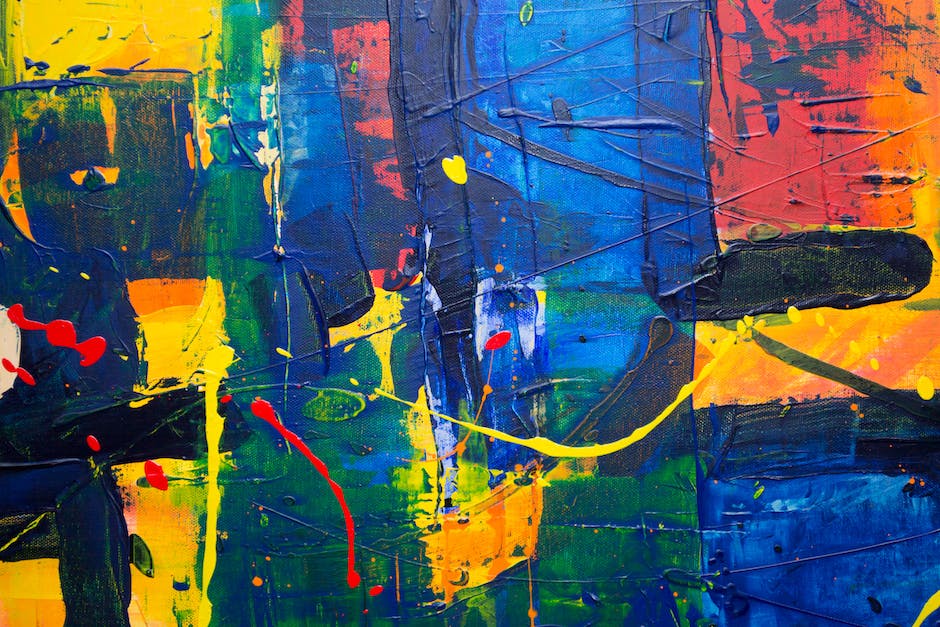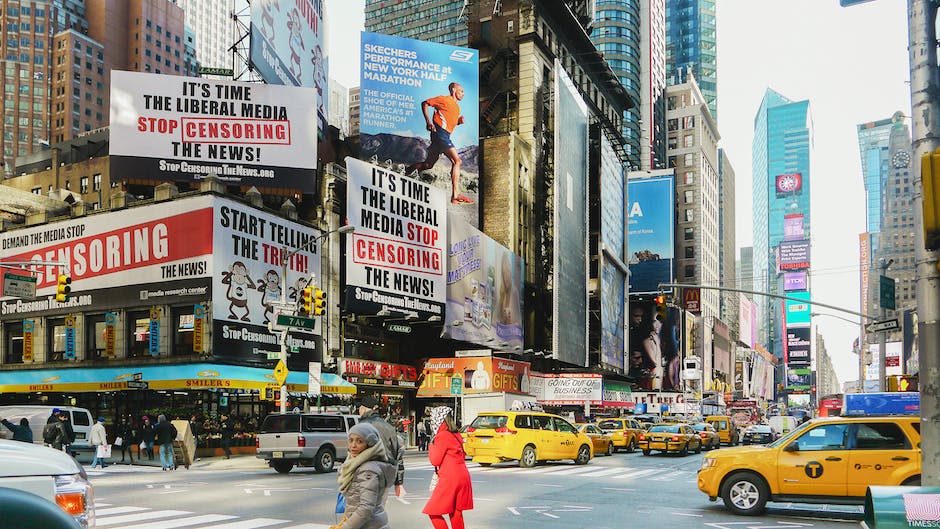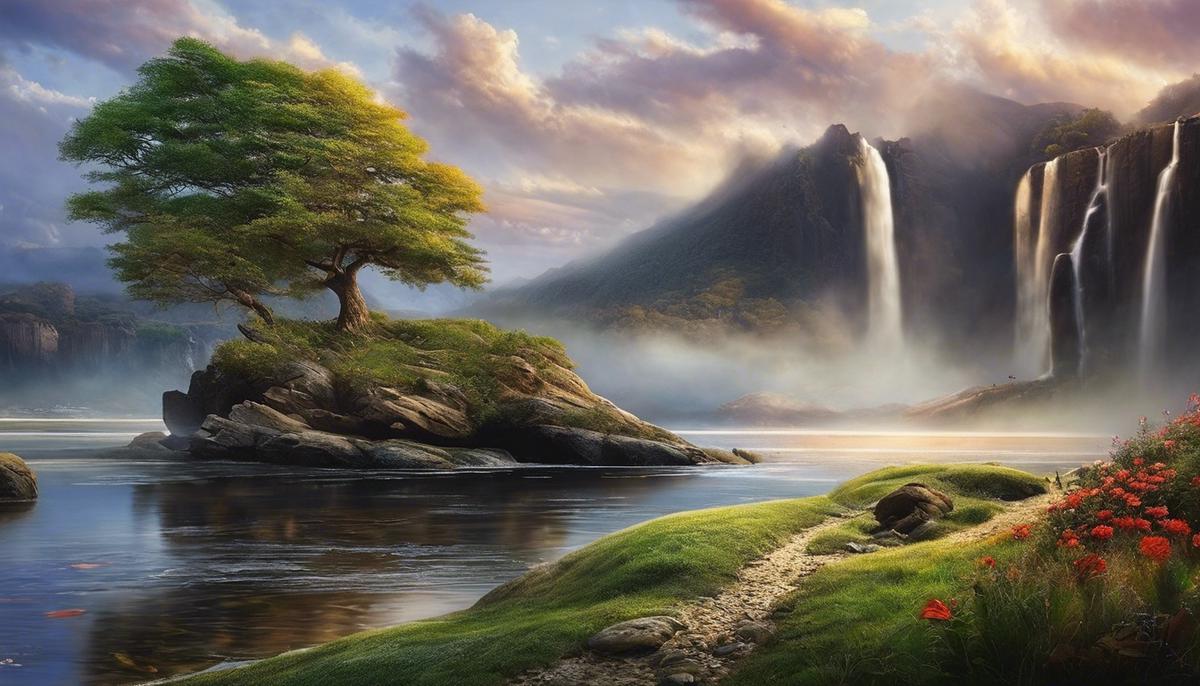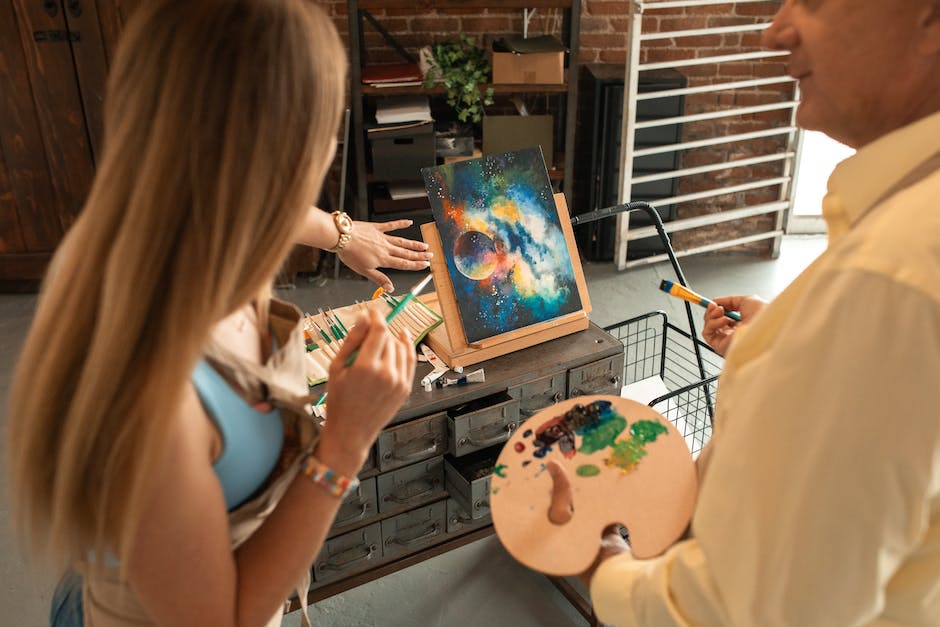Art, an extensive sphere of human creativity, expression and interpretation, has, time and again, found itself courting controversy due to its potential to challenge prevailing norms and societal structures. Inevitably, this capacity of art has often led to intense friction with the mechanisms of censorship, which seek to regulate, limit or control its free expression. Such confrontations between art and censorship have painted a panoramic tableau, comprising multifaceted perceptions and actions varying across historical eras, different cultures, and political landscapes. This complex interplay involves an intricate dance of aesthetics, power, legality, and ethics, and continues to significantly shape the dialogue and dynamic within the larger arts community.
Historical Overview of Art Censorship
When delving into the sphere of art, one finds that controversy has often been its frequent companion, shedding light on the profound discourse surrounding art censorship. This article aims to explore the complex trajectory of art censorship, its metamorphosis throughout history, and ever-evolving public perceptions surrounding the topic.
Art censorship, by definition, alludes to the practice of suppressing artwork that may be considered politically unsuitable, offensive, or challenging societal norms. Ancient Greece, often celebrated for its distinguished artistry and philosophy, also had its share of art censorship. For instance, Aristophanes, a revered comic playwright, was sometimes censored due to the politically sensitive nature of his work. This example stands testament to the fact that censorship was not a forgotten chapter in antiquity.
Segueing into the Middle Ages, religious authorities had a heavy hand in the censorship of art, with the Church having considerable influence on the arts from the 5th to the 14th century. Notably, during the Byzantine Iconoclasm in the 8th and 9th centuries, religious images were systematically destroyed, underlying the prospective threat of art to established religious institutions.
Art censorship did not spare the Renaissance period either. An example of this was when Pope Innocent X ordered the alteration of Diego Velázquez’s ‘Rokeby Venus’ to adhere to modesty standards. This instance demonstrates the interminable dance of artistry and confines of societal acceptance.
The 19th and 20th centuries saw censorship driven by political motives rather than religious. Soviet-era Russia, for instance, treated art as a mechanism for propaganda, censoring works that didn’t conform to their Communist ideals. In Nazi Germany, modernistic and experimental art was labelled “degenerate” and consequently banned or destroyed.
Nevertheless, the concept of art censorship is not confined to the annals of history. Even today, censorship continues to shape the world of art but has adopted new forms in response to societal changes. Laws pertaining to hate speech and libel, for instance, have been used to dictate what can and cannot be depicted in art. Moreover, the rise of the digital age has changed the landscape entirely. The result is a multi-faceted dialogue about free expression, sensibility, political correctness, and the value of art.
As public perceptions around taboo topics continue to soften, it also stands to reason that what may require censorship will change. However, the internet has raised a new debate about who assumes the role of the censor – technology companies, governments, or the public itself?
In conclusion, the history of art censorship mirrors society’s ever-changing norms and values. Viewed against the wide canvas of time, it is clear that the practice and perception are not stagnant, but rather living entities, evolving in step with every human epoch. The discourse around this issue continues to invite scholars and researchers to further dissect and unravel. How the story of art censorship will unfold in the future remains a captivating watch.

Interpretation & Influence of Art: A Stumbling Block
Art, in its myriad forms, has always served as a creative reflecting mirror to society, pivotal in expressing concepts, messages, and perspectives that transcend boundaries of language and culture. The interpretative aspect of art, deeply subjective and individualistic, is woven into its allure and intellectual potency. Of paramount significance in discussions surrounding the topic of art censorship, is understanding why subjectivity and interpretative influence make art a recurring target for censorship.
Art is potent in its capacity to stir emotions, evoke thought processes, and stimulate conversations. It provokes the mind, extrapolates deep-seated prejudices or social constructs, and challenges the status quo by merely existing. Each individual engages with art differently, each subjective interpretation essentially becoming a mirror to their understanding, experiences, and ingrained socio-cultural frameworks.
The potency of subjective interpretation and its accompanying influence is indeed profound. An artwork may be seen as offensive or objectionable due to deeply rooted societal, religious, or ethical beliefs, norms, and values, precipitating numerous forms of censorship, including removal, suppression, or alteration. These reactions highlight the extent to which a subjective interpretation can drive censorship, born out of the fear of its potential to disrupt established norms or incite controversy.
For instance, visual art, paintings, or sculptures may incorporate representative forms and symbols that are open to interpretation. When those interpretations clash with governing ideologies or societal norms, the artwork may be subjected to censorship. Multidimensional, provocative visual elements may stir debate and dissent, thereby adding to the perceived need for restriction.
Literary artworks encapsulate ideologies, beliefs, existing norms, and often, revolutionary thoughts that can destabilize readers’ perspectives. The dynamic and interpretative nature of literature makes it a frequent victim of censorship as it can be viewed as containing explicit elements, promoting controversial ideologies, or questioning power structures.
Furthermore, the influence of art extends beyond individual subjective interpretation. In the societal metanarrative, artworks often face criticism and censorship as they may be deemed as potentially influencing the masses, particularly when against governing sensibilities or socially accepted constructs.
Indeed, art’s subjective interpretability and influence form a complex tableau in the discourse of censorship. It reflects the struggle between freedom of expression and perceived societal good. The continuation of this dynamic discourse serves as a reminder of arts’ enduring significance, its power to evoke, question, and inspire, and the constant need to balance expression with societal requirements and norms.
Decoding the subjective interpretation and apprehending potential influence is a fascinatingly daunting task. Still, it critically shapes the clandestine narrative of censorship, offering promising avenues for academic exploration and social conversations in multidisciplinary landscapes.

Analysis of Noteworthy Art Censorship Cases
Centuries of artistic creation and reception have shown us the formidable power of art as a mirror to society, a force that captures, reflects, and occasionally projects variations in cultural norms, political ideologies, and historical events. By offering a subjective lens to the viewer, art becomes a repository of human experiences, absorbing the hues of individual perspectives and socio-cultural frameworks.
Art, imbued with a unique ability to stir emotions, catalyse intellectual debates, and indeed serve as a focal point of thought, sometimes faces censorship owing to its profound and diverse interpretations. For instance, visual art, an effective medium of non-verbal communication, often becomes a crux of controversy and censorship due to clashing ideologies and societal norms.
Similarly, literary artworks daring to challenge existing power structures or explore contentious elements face the wrath of censorship. Such is the underlying power art holds – to disturb the comfortable and comfort the disturbed – that it has the potential to cause a shift in inertia, an upheaval in the status quo, thereby inciting fear in the custodians of societal order.
The fear – perceived or real – of art’s influence and potential impact on the masses often results in art censorship. For those in positions of power, art that stimulates untamed thoughts or incites disruptive dialogues among the public can become a subject of apprehension, leading to restrictive measures against such artistic expressions.
This begets the ongoing tussle between individual freedom of expression and collective societal expectations, a challenge that artists and art consumers grapple with consistently. Establishing a balance, though desirable, is an arduous task as the scale dips in favor of societal expectations more frequently than not.
Adding to the complexity of this situation is the intricate task of deciphering subjective interpretations and assessing prospective influences that any piece of art might carry. It is the variegated nature of such interpretations, affected by individual schema and societal paradigms, that complicates the task of defining the fine line between freedom of artistic expression and the enforcement of communal propriety.
In essence, extensive cases of art censorship provide significant insights into societal dichotomies: the continuous struggle between individual freedom and collective control, the paradox of interpretation and influence, and the dynamic relationship between art and society. These dimensions, intricately webbed and complex, encapsulate the ceaseless debate around art censorship, thereby underscoring the necessity for more inclusive conversations and broader understanding in this realm.

Photo by nonsapvisuals on Unsplash
Legal Framework and Ethical Implications of Art Censorship
Art, in its manifold forms, serves as a profound reflection of the society that beholds it. It narrates stories, raises poignant questions, and engenders intense emotions. No two individuals perceive a work of art in exactly the same light; it indeed invites subjective interpretations, moulded by personal experiences and socio-cultural perspectives. A slight variance in perspective can create schisms deep enough to warrant censorship of the piece in question, demonstrating the profound subjective elements governing the realm of art.
Visual art can elicit an array of responses, with certain pieces echoing contentious ideologies or societal norms that may trigger debates and controversies. The iconic ‘Guernica’ by Pablo Picasso, a stark anti-war message, faced significant backlash from the Franco regime, ultimately being censored in Spain. Literary works, on the other hand, often grapple with power structures and challenge societal norms. Books like ‘To Kill a Mockingbird’ and ‘1984’ face censorship across various geographical locales due to their provocative elements; they represent the intricacies embedded in rendering a story and the potential for dissent that lies within the written word.
The relationship between art and society can, at times, become strained. The potential power of a work of art to influence its audience can invoke fear amongst sections of society. Artistic masterpieces have the ability to inspire, to destabilise, and to instigate change. This power, however, can also lead to societal tension, as certain factions may fear the potential influence exerted by these works.
This influence pinballs adversarily within the spectrum of freedom of expression and societal expectations, creating a field of ongoing struggle. While artists strive to unfetter their creativity, the societal trope often inclines towards painting within the lines of set norms and traditions. In such a conflated landscape, navigating the fine distinction between individual expression and communal propriety necessitates the evaluation of subjective interpretations and an assessment of potential influence in art.
This complexity gives rise to numerous societal dichotomies. While one side champions individual freedom, the other advocates for collective control. The paradox, however, lies in the interpretation and influence art presents to its audience. The same artwork could be interpreted in radically divergent ways, thereby highlighting the fact that this relationship with society is far from static; it is dynamic, ever-evolving.
Consequently, it is imperative not to perceive art solely through the prism of censorship but to consider it as a manifestation of societal norms, individuals’ expressions and their relationship with their surroundings. To achieve this delicate equilibrium, open, inclusive conversations, and a broader understanding of the complex nuances involved are paramount in our interaction with the world of art. In this way, we can foster a more appreciative and tolerant environment for art to flourish in its myriad forms, untethered by the constraints of unwarranted censorship.
As we navigate these manifold challenges, we remain hopeful for a future where art continues to reflect societal realities and individual perspectives, uncompromised by the spectre of undue censorship, where indeed the spirit of open discourse, boundless creativity, and understanding forms the bedrock of our shared cultural legacy.

Future of Art and Censorship: A Projection
Art in its most pristine form serves as a reflecting mirror to society, projecting an image that can be as real as it is unrefined. It encapsulates the joys, the issues, and the metamorphoses occurring within a civilization, often igniting a spark of thought or a tidal wave of emotion within those who behold it. However, such is the subjective nature of art that its interpretation often diverges from one individual to another. Given this dimension of individual interpretation, it is perhaps inevitable that art has sought boundaries set for it at various junctures, drawn by entities with conflicting ideologies or societal norms that are challenged by the artistic narrative.
Foremost amongst these boundaries is censorship, a topic that sees a constant tussle between the freedom of the artist and the perceived propriety of the society. Censorship’s trickle-down influence has been noted throughout time, impacting both visual and literary art forms. Visual art, with its emotive expressions, has been censored when found in conflict with existing ideology. Literature, however, with its power to construct a persuading narrative or reveal hidden societal nuances, has also faced the brunt of censorship. Artworks that challenge existing power structures, or that are deemed to contain elements of a controversial nature, have often been subjected to this form of restraint. This arguably stems from society’s fear of art’s influence – its potential to incite masses and spark unconventional conversations.
The ongoing struggle between art’s freedom of expression and societal expectations has hence created a dynamic yet precarious balance. Artists continually push the envelope to stimulate discourse and challenge status quo. Letters, shapes, and colours become symbols capable of swaying public opinion, while the literary word amplifies silent voices that yearn to be heard. Balancing this intense creativity with a sense of communal propriety presents the perpetual challenge facing the realm of art censorship.
Decoding an art piece’s meaning and its potential influence forms a complex task for all stakeholders. Art is paradoxical– while interpretations could be as diverse as the observers, there is often a collective impact crafted subtly within the fold of these diverse perceptions. It is the examination of this collective influence that distinguishes between artistic freedom and potential harm. There needs to be a continuous examination of this balance, ensuring that neither the creative spirit of the artist nor the societal fabric is unnecessarily disrupted.
Societal norms and beliefs often dictate the nature of this balance. While societies evolve, so do their ideas and beliefs. This dynamism is mirrored in the relationship between art and society, which is in a state of constant flux. The journey from ancient Grecian art censorship to the modern forms of restraint is speckled with milestones of societal evolution. As society grows, its perceptions towards art evolve, leading to shifts in the paradigms of censorship.
Viewing art as a reflection of societal norms and ideologies, it is crucial that the discourse surrounding it is inclusive and broadly understood. Education and awareness play a critical role in enabling constructive conversations around art censorship – understanding ‘why’ an artwork is deemed offensive or provocative is as important as knowing ‘how’ it impacts the societal ecosystem.
The complexities of art and its various interpretations point towards a future where undue censorship may no longer be the norm. While some may label this as hopeful thinking, the furtherance of knowledge, the evolution of societal norms, and the continued fight for freedom of expression continue to be the promising steps leading us into a landscape of art that respects both creative freedom and societal balance – a landscape of wonders untamed by unnecessary restraint.

Art, as an evolving entity, will undoubtedly continue its ceaseless dance with censorship, intricately weaving a tapestry that narrates the chronicle of societal dogmas, legal frameworks, and the ceaseless spirit of human expression. As the future of art heaves into sight, the dilemmas and discussions surrounding censorship are poised to acquire new contours. While the intricate weft of law, ethics, technology, and social consciousness continues to evolve, one can hope that a universal commitment to freedom of expression and creative liberation will etch deep onto this canvas, fostering an environment of progressive dialogue and constructive critique rather than an avenue of stifled voices and suppressed expressions.






















